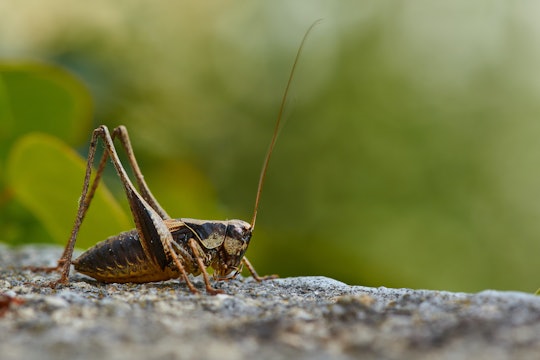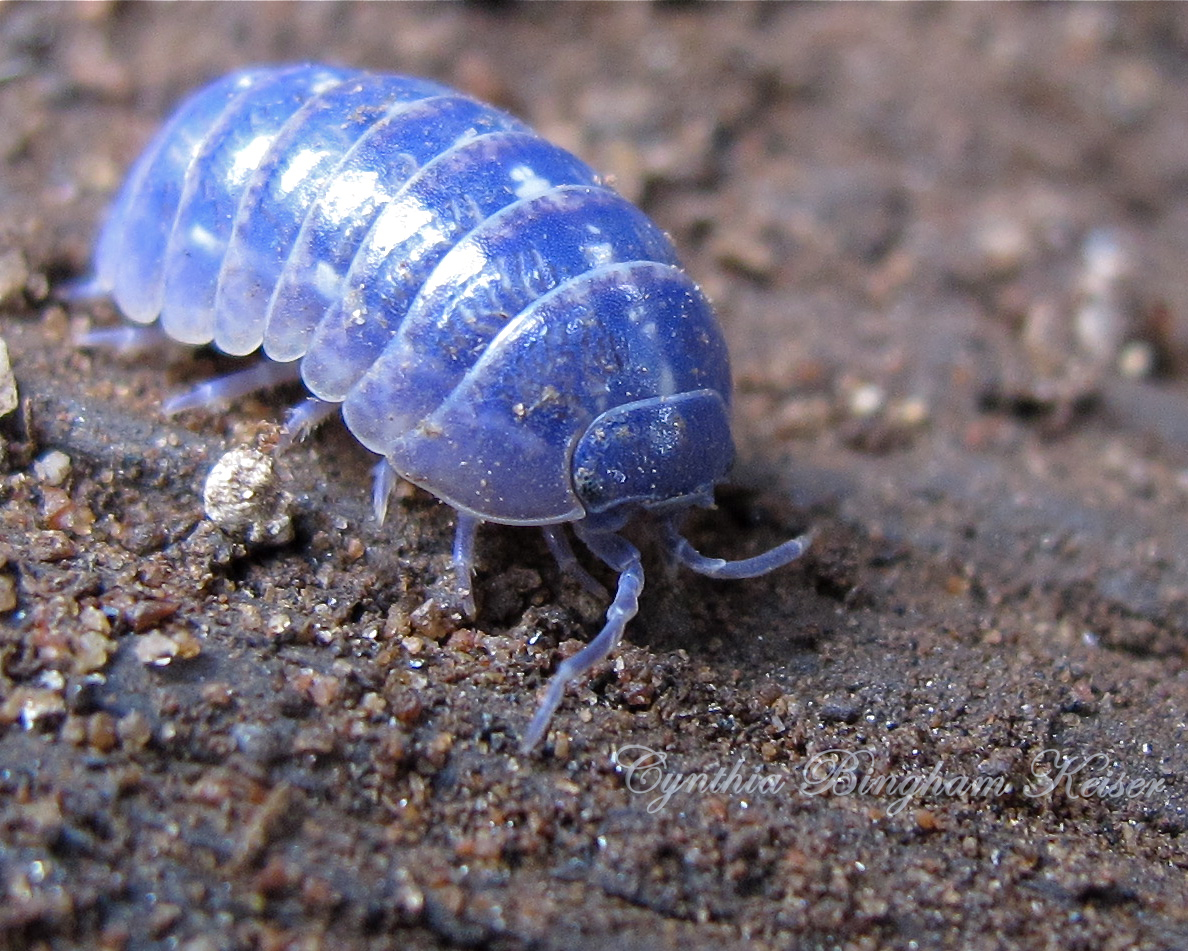
Photo by Wolfgang Hasselmann on Unsplash
How a bearded dragon STI controlled the minds of a cricket colony
The discovery, made by accident, tells us about insects' behavior and gives insight into our own
The story of science is filled with errors. But often, we only hear about science in a smooth, streamlined way that removes the countless mistakes and accidents that inevitably happen. We wanted to hear about the unvarnished, goofed-up version of science we don't hear about. This is Mistakes Month.
In the cricket colony in psychoneuroimmunologist Shelley Adamo’s lab, something nefarious was afoot. Her cricket colony was on the brink of collapse, yet the crickets were mating at an all-time high. Investigation into this behavior found a colony-wide viral infection of insect iridovirus 6 (IIV-6) that was increasing sex drive, preventing eggs from developing, and turning the cricket’s organs blue.
A Mysterious Mind-Controlling Cricket STI
There was a virus in the cricket colony, but where did it come from? How was it spreading? To test if the virus was airborne, uninfected crickets were placed in physically separated cages in the same room as infected crickets to ensure shared air, but no contact. None of the physically separated healthy crickets became infected, but those who had sexual contact with infected crickets did, leading the research team to conclude IIV-6 is a sexually transmitted infection (STI).
After she knew that a virus was present in her cricket colony, Adamo and her research team were able to compare infected to uninfected crickets. What does a sick cricket generally look like? Surprisingly, not unlike a sick human: lethargic, low appetite, and low sex drive. Our bodies induce these sickness behaviors to help us save energy to focus on getting better.
The team measured both quickness to sing (a mating signal), and time spent feeding to assess the health of the crickets. There was no reflection of illness in either activity. In fact, infected crickets were quicker to start singing and mating than uninfected crickets! Since this virus was an STI, Adamo hypothesized that perhaps it was in the virus’ best interest to enhance sex drive; after all, crickets that are acting sick in the way we normally expect would be less likely to mate and therefore would not spread the virus.
This virus was seemingly controlling the behavior of crickets for its own devices. How was it doing this? Well that leads us back to the blue organ. It's the fat body, a cricket organ that produces the majority of the insect's protein, including immune signaling protein. It is also the main place of infection of IIV-6.

While crickets infected with IIV-6 only turn blue on the inside, here is a woodlouse infected with insect iridescent virus 31 (IIV-31), a related virus
Cindy Bingham Keiser
IIV-6 is an icosahedral-shaped virus, and when the fat body becomes infected, it becomes so packed with viral particles that they arrange to form a quasi-crystal that actually refracts blue light. This "iridescence" is where iridoviruses get their name. Whether you’re a cricket or a human, the immune system communicates with your nervous system to alert it that it’s fighting a microbe. By infecting the fat body, the virus vastly decreases the protein production of the cricket, which might disrupt that signaling between immune and nervous systems. Under healthy circumstances, signaling allows those sickness behaviors to kick in and helps us protect our resources. However, by taking the fat body offline, IIV-6 appears to prevent this communication.
One question remained: how did the crickets get this STI in the first place? A rather happy accident is to blame. Adamo’s research team was investigating if the cricket stress response to predators helped them escape predators. To induce the prey stress response, a graduate student brought in their pet bearded dragons as the predator for this study. The pet bearded dragon was an asymptomatic carrier of IIV-6 and tested positive after they realized the crickets were infected. Luckily, the Adamo Lab was able to turn a colony infection into a research project that gave insight into behavioral manipulation by viruses.
Are STIs controlling us?
Parasites and mind control often go hand in hand. Flatworms can infect snails, increasing their predation by making them easier for birds to find; parasitic wasps lay eggs in caterpillars, which increases the defensive behavior of the caterpillar to protect the larvae. Viruses are parasites too: they rely on their host to reproduce. So this behavioral change seen in crickets could be considered viral mind control. While that seems like sci-fi, could it be happening to humans too? Adamo speculates that all STIs might have a mechanism to prevent sickness behaviors from getting in the way of transmission. Just like in crickets, the hosts must have sex for the virus to spread, and feeling sick normally doesn’t lead to much success in the love-making department. This exact hypothesis hasn’t been studied, so there is no direct evidence to support this, but there are some clues pointing to a different immune profile for certain STIs that may result in persistent, low-symptom infection.
IL-10 is a cytokine, a protein important for anti-inflammatory regulation within our immune system. It helps flip the switch between the “ATTACK!!!!” signals when our body is fighting off microbes to the memory response once our body has cleared the threat but wants to be prepared in case of reinfection. If too much IL-10 is released at the beginning of infection, it causes our body to switch to the "memory" immunity before the microbe has been cleared, resulting in persistent infection.
This type of response is seen in bacterial STIs (like chlamydia and gonorrhea) and viral STIs (like HIV and HPV). In a separate paper, Adamo hypothesized that STIs could control the immune-nervous system link and shut down sickness behaviors by two main methods: suppressing the immune response, and hijacking pathways already present within the host. By inducing early IL-10 responses, STIs would be using the second option to skirt human sickness behaviors, allowing persistent infection. However, there haven’t been any studies on human STIs and changes in sickness behaviors, and some non-STIs exhibit early IL-10 induction. The jury is still out on whether or not we’re having our minds controlled by STIs… but it never hurts to get tested just in case 🦠.
